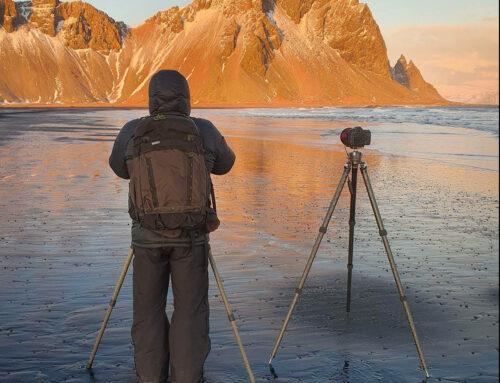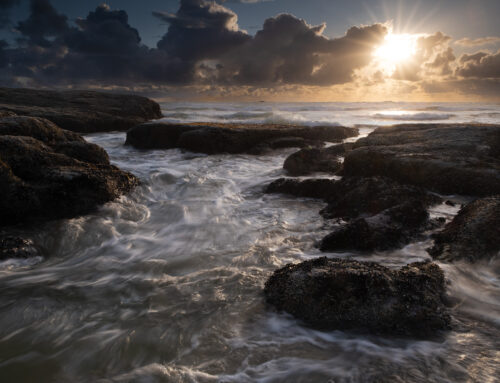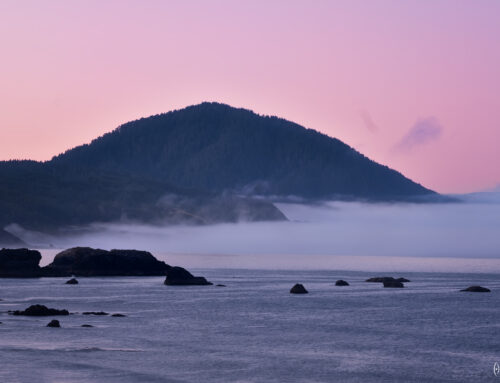This past weekend I decided to head out to the Portland International Raceway to watch some racing and hone my skills at shooting moving objects before I go on a wildlife shoot to Alaska later this month.
The Rose Cup Races is an SCCA amateur race comprising many different classes and a plethora of different cars all competing against each other for the overall win and for class wins. There are spec series as well as classes that had wide latitude of rules and acceptable cars. This leads to lots of different shapes, colors, sounds and speeds.
I’m headed to Alaska later this month to photograph a variety of wildlife as well as landscapes. I am predominately a landscape shooter, which means that I take one shot at a time with thoughtful composition, ensuring all my camera settings and exposure are just right before I press the shutter button. Shooting wildlife, or racing, means that I need to be fast with my fingers, be able to accurately compose quickly and ensure that my settings are correct to capture the shot.
Since I’ve moved to the Fuji system, I haven’t had a lot of opportunity to shoot action, just a couple of occasions shooting birds. With the X-T1, I knew that wasn’t ideal for shooting action so I stuck with my Canon 7D. When I got my X-T2, this is what I have been waiting for to capture fast paced action. I promptly sold my 7D and have been learning and working with the X-T2.
Fuji has provided lots of options to custom tailor the X-T2, most notably a focus mode switch on the front of the camera and then focusing algorithms to chose from in the menu. On the front of the camera, there is an S, C or M to choose how you want the focus to be controlled. S is for Single shot and the camera will focus when you depress the shutter button halfway. M is Manual focus and it’s up to you where the focus is in the frame. C is Continuous focus and in this mode, the camera locks on to a subject and tries to hold the focus lock for as long as needed. The camera is continually trying to focus in C mode, which can drain the batteries a bit more.
Within the menu options, there is a menu option called AF-C Custom Settings. In this program, you can select from 4 differently configured focusing “sets” based upon the subject your shooting. The difference between the focus sets is centered around tracking sensitivity, speed tracking sensitivity and zone area switching. The handy thing Fuji has done is also provide a short description and sample image for each of the options so you can quickly determine which one you want. I have AF-C configured on one of my Fn buttons so I can quickly get to it and change it in the heat of battle.
For my outing at the track, I primarily used two of the 4 programmed sets and wanted to test the differences between then. Set 2 is described as “ignore obstacles and continue to track subject” and has an image of a running cheetah. It has a higher than average Tracking Sensitivity value and a lower value for Speed Tracking. Set 3 is described as “for accelerating / decelerating subject” and has an image of a go-kart on track. This has an average Tracking Sensitivity value and a maximum value for Speed Tracking. Set 4 is for rapidly appearing subjects and Set 5 is a custom setting that you can configure to your own preference.
With my camera set to a high speed burst (CH) of 8 fps, focus mode on Continuous and my focus sets on a Fn button, I was ready to shoot. Over the course of 5 different heat races and at 3 different locations around the track, I switched between the Multi Purpose set and the other 2 sets described above and shot the action. I even experimented with manual focusing, which didn’t produce that many great results for me.
Through the viewfinder as I was tracking the cars through the corners, I could see the camera working to stay locked on, sometimes with better results than others. I didn’t notice a huge difference between the 2 focus sets, however, I did detect that focus set 3 generally held focus lock better and produced more keepers at the end of the day.
Heading to Alaska to shoot wildlife, I’ll again experiment with the different focus sets as well as continuing to work in the Continuous focus mode as well as the Single focus mode.
Here are a few images from the races. All images hand-held with the 100-400mm on the X-T2
f/18 1/125sec 133mm. iso200
f/15 1/125sec 133mm. iso200
f5.6 1/750sec 335mm. iso200
f/22 1/125sec 190mm. iso200
f/22 1/60sec 124mm. iso200
f/22 1/60sec 128mm. iso200
f/13 1/250sec 115mm. iso200
f/22 1/60sec 128mm. iso200
f5.6 1/320sec 115mm. iso200
f5.6 1/350sec 100mm. iso200
f5.6 1/850sec 252mm. iso200
f/13 1/325sec. 111mm. iso200
f5.6 1/550sec 123mm. iso200
f/22 1/60sec 128mm. iso200
f/16 1/250sec 226mm. iso200
f5.6 1/950sec. 197mm. iso200
f5.6 1/320sec. 100mm. iso200





















Leave A Comment